Introduction: When it comes to air purifiers, filter efficiency is often believed to be the sole determinant of their effectiveness. However, an excessive focus on filter efficiency can lead to misconceptions and neglect of other crucial factors that influence air purifier performance. This article aims to debunk the myth surrounding filter efficiency and shed light on the true factors that impact air purifier effectiveness.
The Role of Filter Efficiency: Filter efficiency measures the ability of a filter to capture particles of specific sizes. While it is an important factor, filter efficiency alone does not determine the overall performance of an air purifier. Filter efficiency cannot fully encompass all the variables that affect air purification effectiveness.
Clean Air Delivery Rate (CADR): The Clean Air Delivery Rate (CADR) is a vital metric that measures the volume of clean air delivered by an air purifier per unit of time. CADR takes into account factors such as airflow, filter size, and filter efficiency. Compared to solely focusing on filter efficiency, CADR provides a more comprehensive evaluation of air purifier performance.
Air Exchange Rate: The air exchange rate, also known as air changes per hour (ACH), refers to the number of times the air in a room is replaced by fresh air within one hour. The air exchange rate depends on factors such as room size, the airflow capacity of the purifier, and the efficiency of air circulation. Achieving a higher air exchange rate is crucial for effective air purification.
Filter Longevity and Maintenance: The lifespan and maintenance of filters play a significant role in air purifier performance. Filters need regular replacement or cleaning to maintain their effectiveness. Neglecting filter maintenance can hinder the purifier's ability to effectively capture pollutants, regardless of its initial efficiency rating.
Proper Sizing for the Room: Selecting an appropriately sized air purifier for the room is essential for achieving optimal performance. An undersized purifier may struggle to adequately clean the air, while an oversized one may result in excessive energy consumption and unnecessary costs. Considering the recommended room coverage for an air purifier is crucial for attaining the desired results.
Complementary Purification Technologies: Some air purifiers employ additional purification technologies, such as activated carbon filters and specialized filters for specific chemical pollutants and odors. These technologies can target specific pollutants and odors, enhancing the effectiveness of the purifier and complementing the filtration process of HEPA filters.
Source Control and Indoor Air Quality: While air purifiers can help improve indoor air quality, addressing the sources of pollution directly is crucial. Proper ventilation, reducing the use of pollutants, and regular cleaning can significantly enhance indoor air quality.
Conclusion: Understanding the true factors that impact air purifier performance extends beyond filter efficiency alone. CADR, air exchange rate, filter longevity, proper sizing, and complementary purification technologies all contribute to the effectiveness of air purifiers. By considering these factors and adopting a comprehensive approach to improving indoor air quality, we can make informed choices and maximize the benefits of air purifiers in creating a healthier and cleaner living environment.

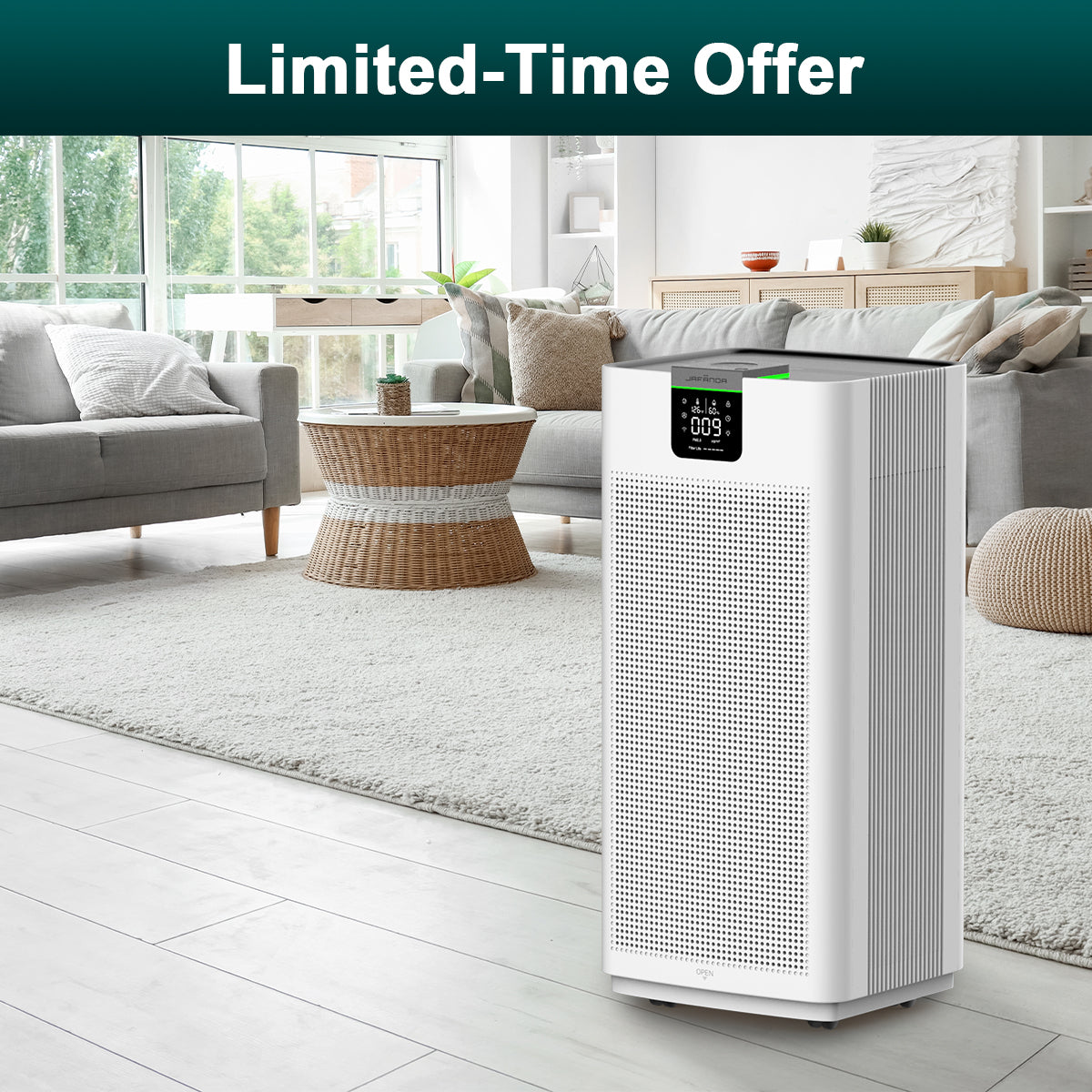
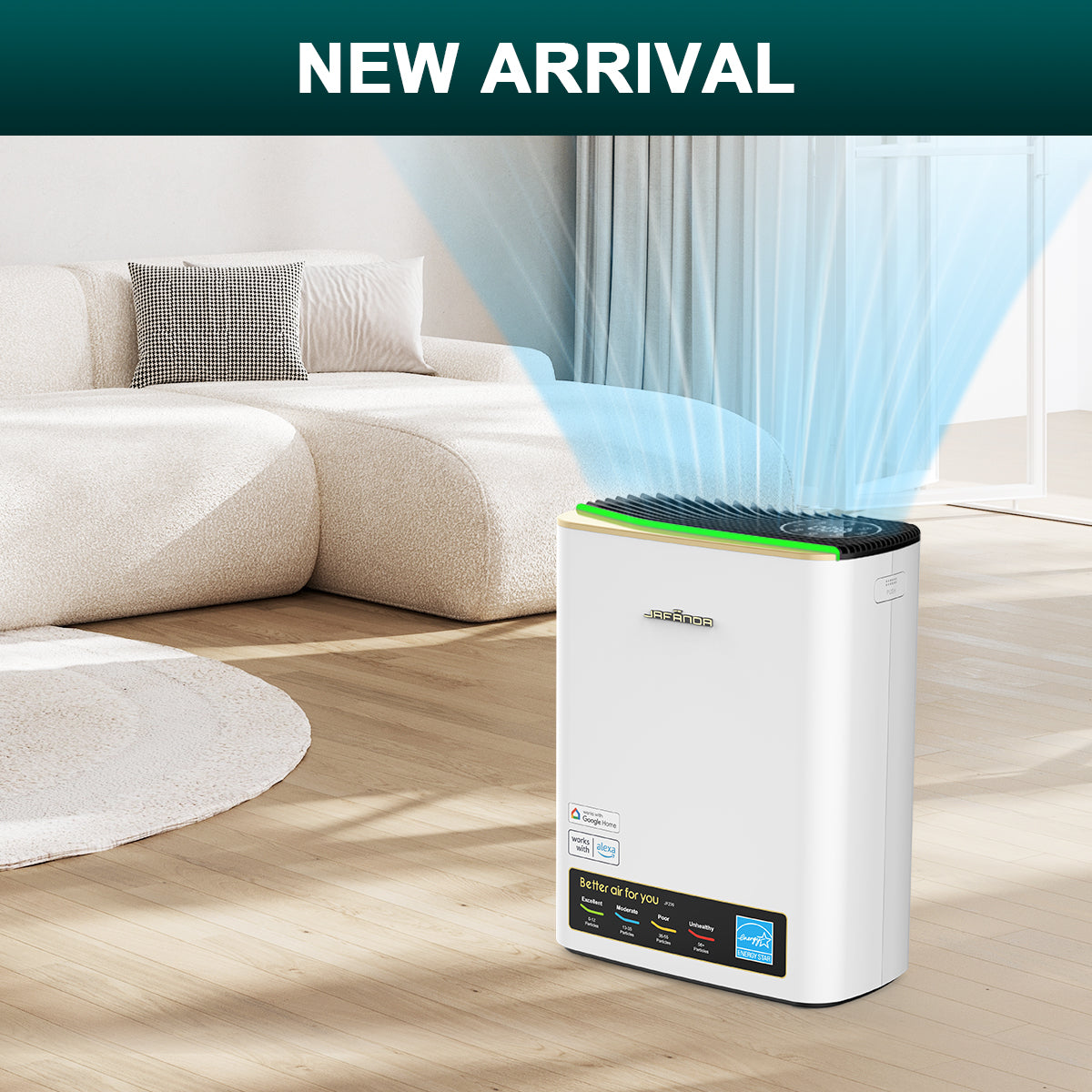
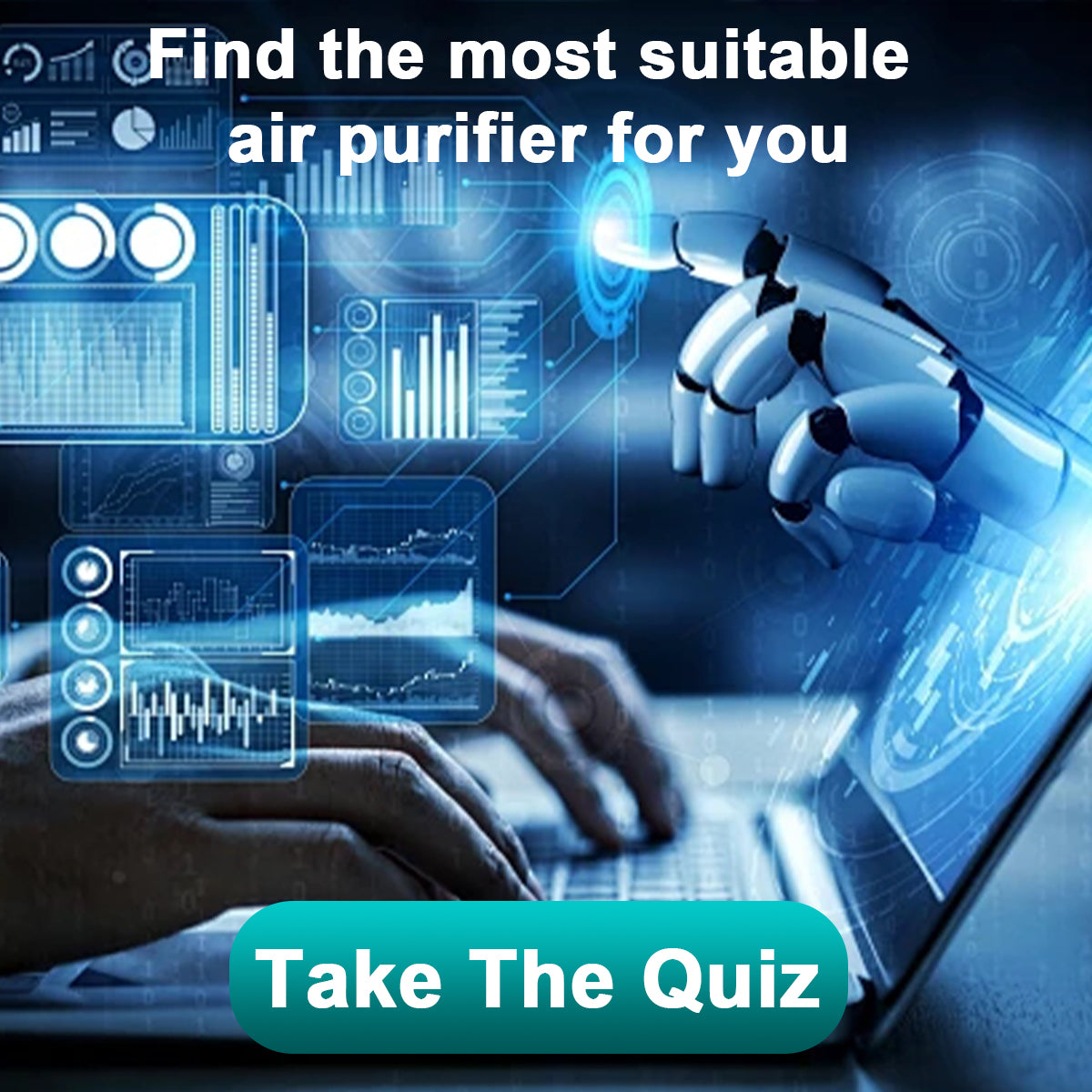
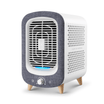
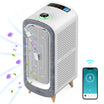
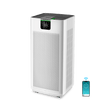
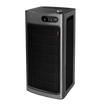
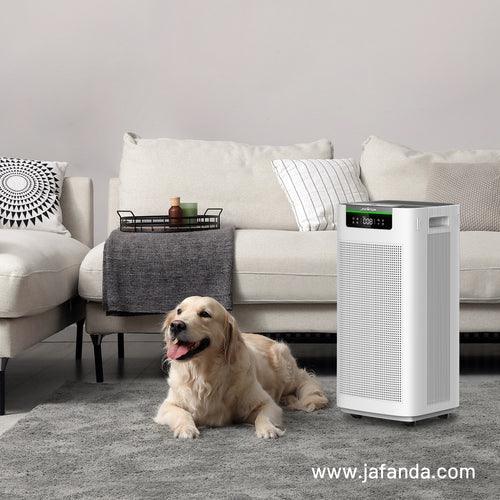

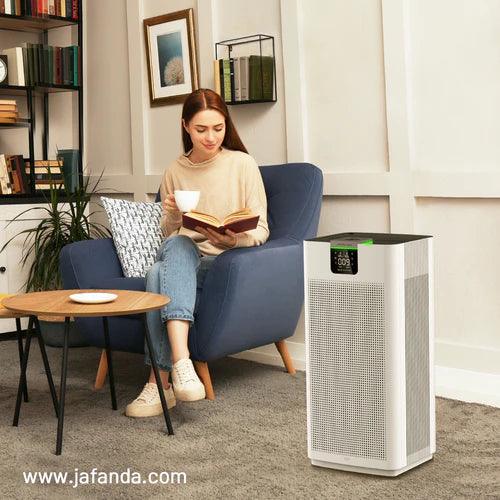
Leave a comment
All comments are moderated before being published.
This site is protected by hCaptcha and the hCaptcha Privacy Policy and Terms of Service apply.